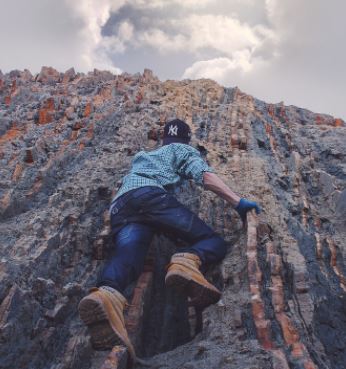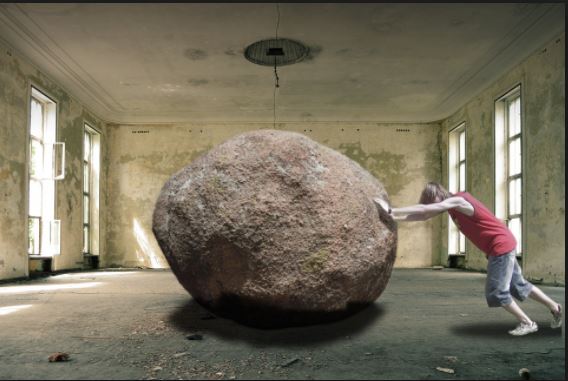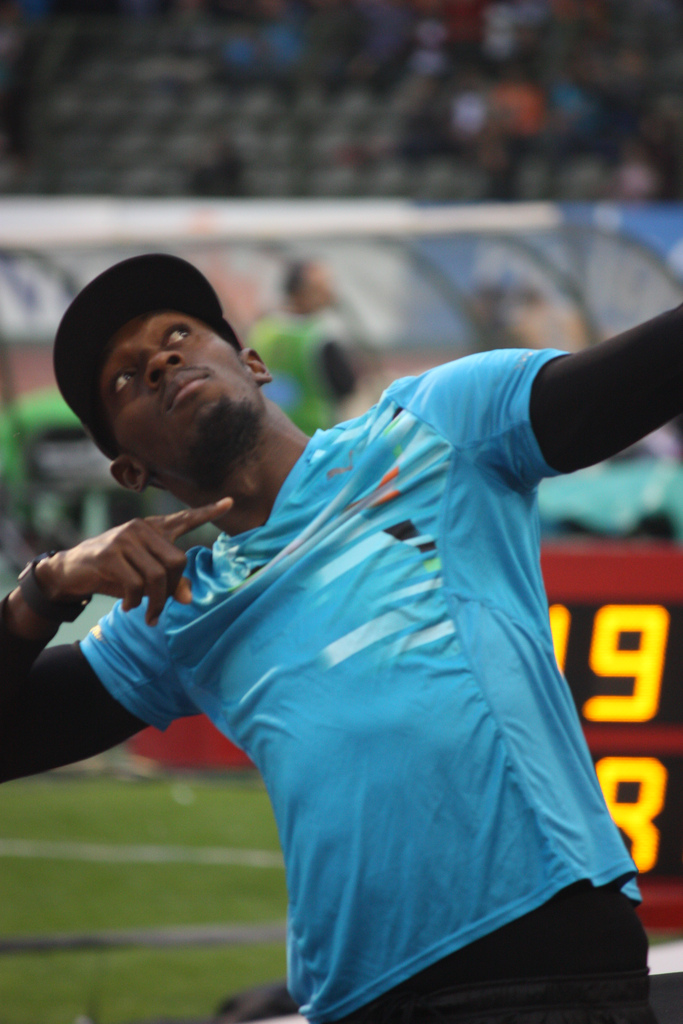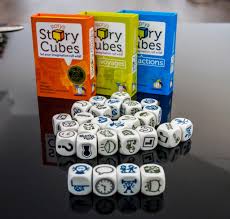The fastest man alive was not built to sprint. Yes, I was pretty shocked too when I first heard. At a towering height of 6ft 5 inches experts have said Bolt’s legs are too long to propel him out of the blocks at top speed. Not only that, in races like the 200 metres (Bolt’s favourite race) taller athletes have more difficulty cruising around the curve than shorter athletes because of their higher centre of gravity. There’s more, Bolt discovered he had scoliosis at the beginning of his professional career (scoliosis is curvature of the spine).

With all these challenges, how did he become the fastest man ever? I decided to take a tour of his mind by reading his book, Usain Bolt Faster than Lightning My Story, and discovered four things that made Bolt successful. Here goes:
- He found a coach who cared more about him than his success
- Having fun occasionally was non-negotiable
- He worked hard
- His focus was on pleasing himself first; pleasing his fans came second
Let’s explore these a little and the lessons we can take away from each.
He found a coach who cared more about him
Coach Glen Mills was more than a coach to Bolt. He was a friend and confidant. Coach Mills had a plan for Bolt’s success and he got Bolt involved in the execution of this plan. When Bolt would complain about an exercise or a session in the gym, Coach Mills would talk it over with him and made changes to the training programme where necessary. There was even a time when they made a deal which led to Bolt running the 100 metres.
See, as a junior athlete, Bolt ran the 200 metres (his favourite) and 400 metres (his least favourite). As his professional career advanced he focused more on the 200 meters, to his delight. One day during a practice session, Coach Mills mentioned to Bolt that he may start running his least favourite race again. Trying to get out of this, Bolt brokered a deal with his coach that if he ran the 100 metres in 10.30 seconds he (Bolt) would start running the 100 metres and evade the 400 metres like the plague. Bolt ran the 100 metres in 10.03 seconds (way better than the time he and coach agreed upon) at small meet in Greece in 2007 and won the deal. As the cliche so aptly puts it, the rest was history.
Lesson: find a coach or mentor who puts your best interests above his own and he will take you far
Having fun occasionally was non-negotiable
Bolt knew being a professional athlete was hard work, but he made it clear to his coach and management team that having fun was essential to his success. He felt all work and no play would make him a “washed-up” athlete and that was not in his coach’s plan. In his mind, lack of fun would make him uneasy and may result in him releasing any pent-up energy in ways that were far more damaging than any party he would go to or any video game he would play. Suffice it to say they understood and dear I say it was an ingredient to his success.
Lesson: Let’s go back to kindergarten a bit, “All work and no play makes a Jack a dull boy and Jill a dull girl.”
He worked hard
There is no doubt that Bolt is talented and his mind is almost impregnable. But remember what I said before, he had physical challenges that threatened his career. After finding out from a doctor in Germany that he had scoliosis he had to work 10 times harder in the gym to strengthen his core and back muscles. He had to eat properly and on occasion he had to make some serious sacrifices. While he was preparing for the 2009 world champs in Berlin, he had to put down his phone and press pause on all fun activities for 6 whole weeks while Coach Glen Mills got him ready for a record smashing endeavour.
Lesson: Make sacrifices today for success tomorrow
He was focused on pleasing himself first
Once upon a time before Beijing and Berlin, Bolt had some challenges as a pro athlete. In his book, he mentioned a devastating experience when he raced at the National Stadium in Kingston. During the race, he pulled a hamstring and couldn’t seem to run through the pain so he “clutched the back of his leg and hobbled a way for help.” Then the unthinkable happened, his own people started booing him. He also recalled the 2004 Olympics in Athens when he didn’t make the finals. When he got back home people criticised him, his training and even the necklace his mom gave him that he held in his mouth. The love he felt as a junior star went away in an instant and that is when he decided to run for himself first and his fans second. This took a great deal of pressure off of him so he could focus on being a legend.
Lesson: Execute your plans to please yourself first, everyone else can come after
As Jamaica celebrates 56 years of independence this year, it is quite refreshing to know that one of our own ran the world. We can use his success as inspiration and so can everyone else around the world. To the readers of this blog, keep pushing yourself towards success and if you need a little extra push just remember these lessons from Bolt:
- Find a coach or mentor who puts your best interests above his own
- All work and no play makes a Jack a dull boy and Jill a dull girl
- Make sacrifices today for success tomorrow
- Execute your plans to please yourself first; everyone else can come after

Until next time, my friends, run your own race.










 This statement was so profound that it motivated me to write this article about the power of self-education.
This statement was so profound that it motivated me to write this article about the power of self-education.

